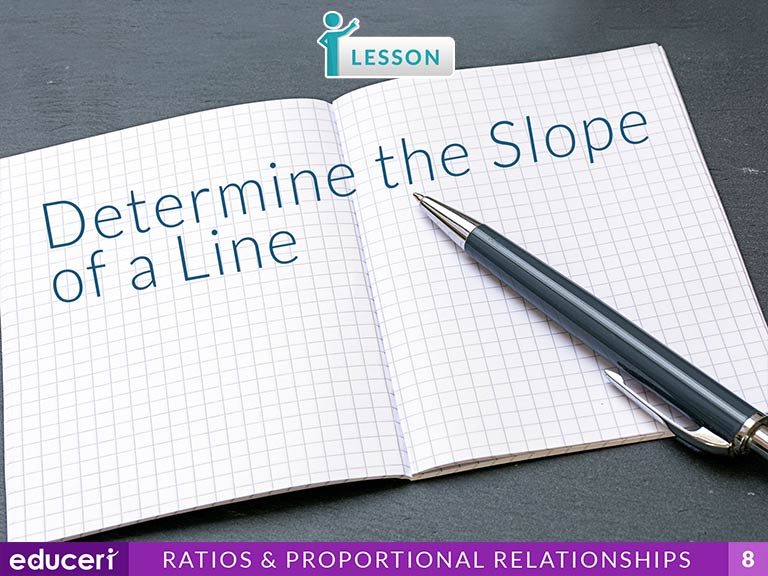All Lessons

Interpret the Meaning of Metaphors
This reading vocabulary lesson focuses on analyzing metaphors. The lesson includes research-based strategies and strategic questions that prepare students for assessments. In this lesson, students read each sentence and identify two things being compared. Then, they identify what qualities the two things being compared have in common. Finally, they interpret the metaphor in writing. In addition to the lesson, there are eight pages of Independent Practice and review modeled on current adaptive testing methods.
Share This Lesson
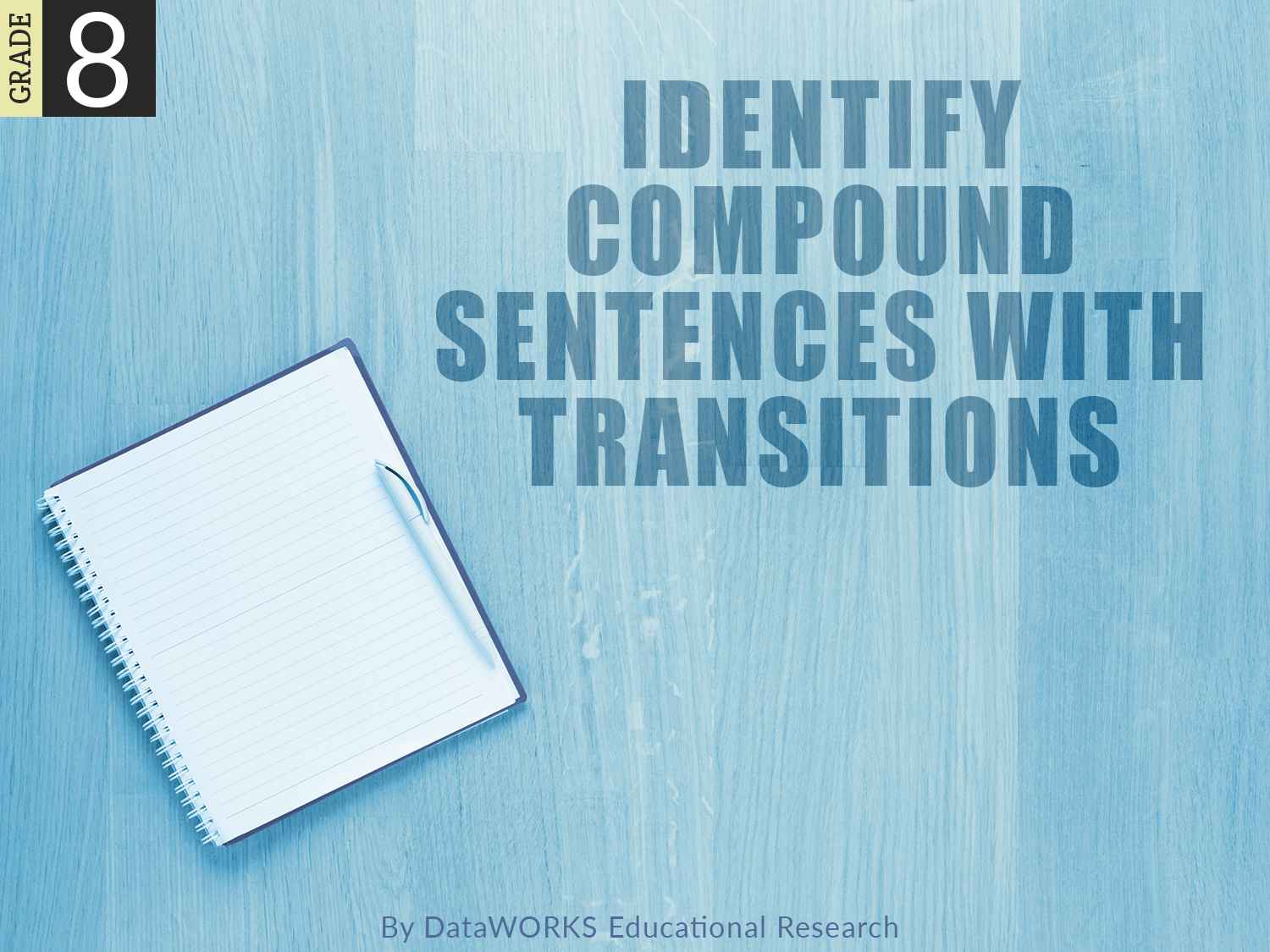
Identify Compound Sentences with Transitions
This writing conventions lesson focuses on identifying compound sentences with transitions. The lesson includes research-based strategies and strategic questions that prepare students for assessments. In this lesson, students read the sentence and identify independent clauses, if any. Then, they identify the transition word or phrase and determine if it is a compound sentence. Finally, if it is a compound sentence, they write how the clauses are related. In addition to the lesson, there are four pages of Independent Practice and review modeled on current adaptive testing methods.
Share This Lesson
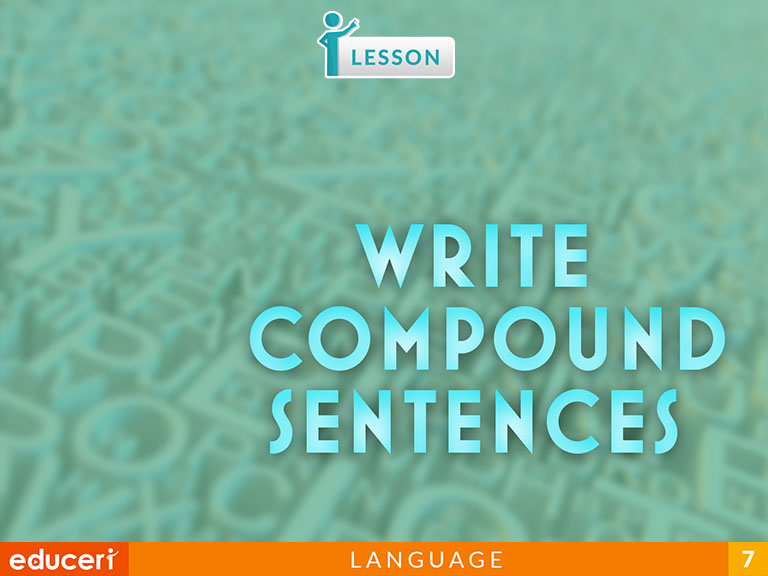
Write Compound Sentences
This writing conventions lesson focuses on identifying compound sentences. The lesson includes research-based strategies and strategic questions that prepare students for assessments. In this lesson, students read the sentences and identify independent clauses, if any. Then, they label the subject, verb, and coordinating conjunction, if any. If it is a compound sentence, they write the relationship between the two clauses. In addition to the lesson, there are four pages of Independent Practice and review modeled on current adaptive testing methods.
Share This Lesson
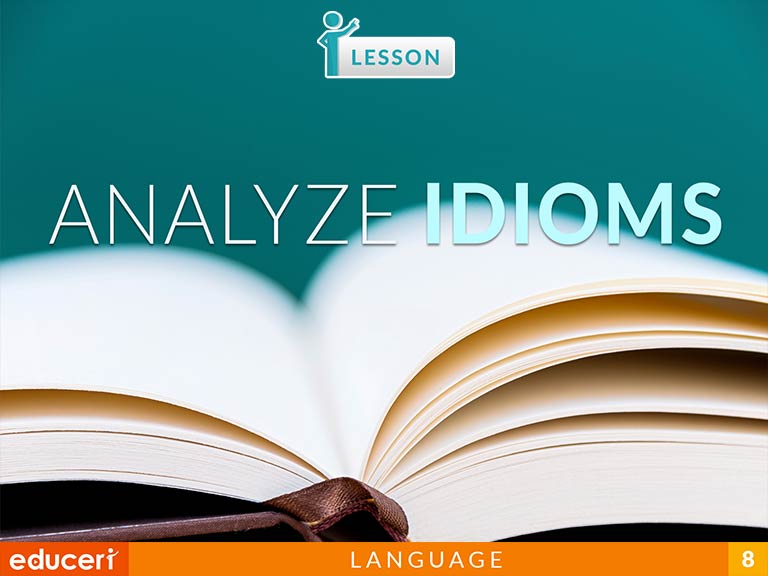
Analyze Idioms
This reading vocabulary lesson focuses on analyzing idioms. The lesson includes research-based strategies and strategic questions that prepare students for assessments. In this lesson, students read each sentence and identify the idiom or words that are different from their literal meaning. Then, they analyze the idiom by writing its literal and its figurative meaning. In addition to the lesson, there are two pages of Independent Practice and review modeled on current adaptive testing methods.
Share This Lesson

Establish Coherence Through Parallel Structure
This writing conventions lesson focuses on establishing coherence through the parallel structure. The lesson includes research-based strategies and strategic questions that prepare students for assessments. In this lesson, students read the sentence and identify parts of it that are not parallel, based on three given rules of parallel structure. Then, they rewrite the sentence using parallel structure and read it aloud. In addition to the lesson, there are eight pages of Independent Practice and review. These are modeled on current adaptive testing methods.
Share This Lesson
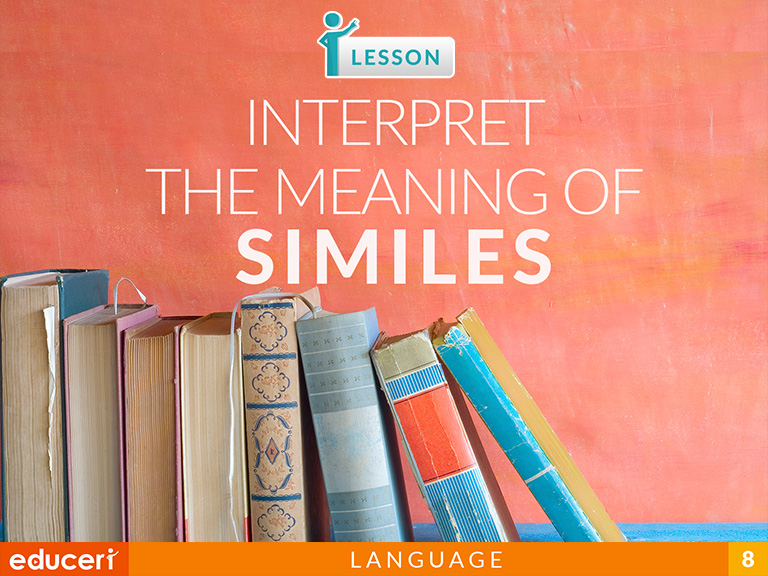
Interpret the Meaning of Similes
This reading vocabulary lesson focuses on analyzing similes. The lesson includes research-based strategies and strategic questions that prepare students for assessments. In this lesson, students read each sentence and identify two unlike things being compared. Then, they identify what qualities the two things being compared have in common. Finally, they interpret the simile in writing. In addition to the lesson, there are eight pages of Independent Practice and review modeled on current adaptive testing methods.
Share This Lesson

Use Apposition to Indicate the Relationship Between Ideas
This writing conventions lesson focuses on using apposition to indicate the relationship between ideas. The lesson includes research-based strategies and strategic questions that prepare students for assessments. In this lesson, students read the noun phrase and the sentence to determine the noun to be identified by the noun phrase. Then, they write a sentence using the noun phrase as an appositive. Finally, they read the sentence, listening for the appositive. In addition to the lesson, there are eight more pages for Independent Practice and review modeled after current adaptive testing items.
Share This Lesson

Use Coordination to Indicate Relationships Between Ideas
This writing conventions lesson focuses on using coordination to indicate relationships between ideas. The lesson includes research-based strategies and strategic questions that prepare students for assessments. In this lesson, students read the sentences and identify the correct relationships between a pair of sentences. Then, they determine the correct coordinating conjunction to use and combine the sentences properly, using coordination to indicate the relationship between ideas. In addition to the lesson, there are six pages of Independent Practice and review modeled on current adaptive testing methods.
Share This Lesson

Use Subordination to Indicate Relationship Between Ideas
This writing conventions lesson focuses on using subordination to indicate relationships between ideas. The lesson includes research-based strategies and strategic questions that prepare students for assessments. In this lesson, students determine the relationship of two sentences and then the best conjunction to indicate that relationship. Then, they combine the clauses to form a complex sentence, varying between dependent first and independent clause first. Finally, they label the clauses. In addition to the lesson, there are eight pages of Independent Practice and review modeled on current adaptive testing methods.
Share This Lesson
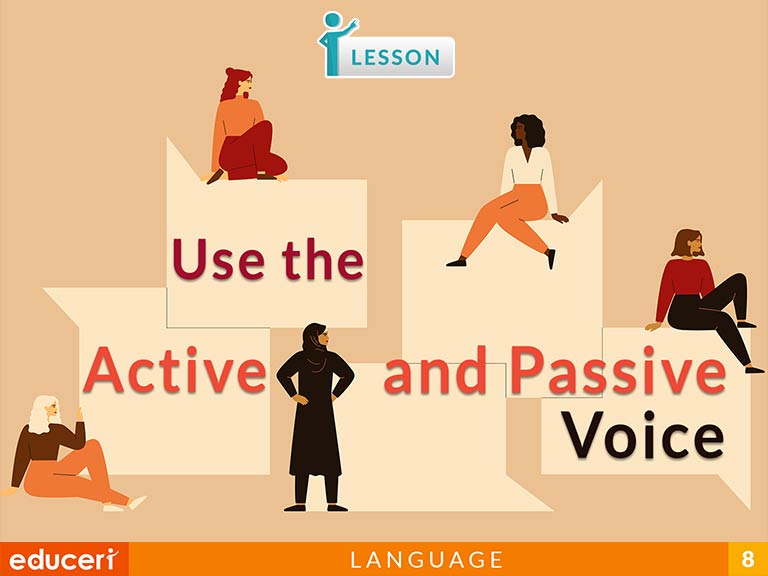
Use Verbs in the Active and Passive Voice
This Language lesson focuses on having students correct the use of the passive voice. Students will identify the actors and recipients of the action in a sentnece and rewrite the sentence to use the active voice. The lesson includes research-based strategies and strategic questions that prepare students for assessments. In addition to the lesson, there are four pages of facts and details related to topics for review and organizing.
Share This Lesson
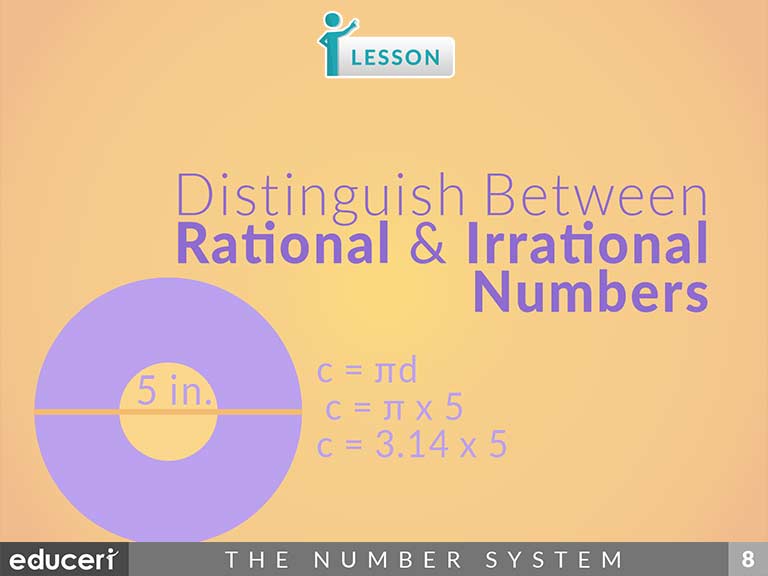
Distinguish Between Rational & Irrational Numbers
This number system lesson teaches students how to distinguish between rational and irrational numbers. The lesson includes research-based strategies and strategic questions that prepare students for assessments. In this lesson, students will distinguish between various types of numbers, including irrational numbers, integers, and whole numbers.
Share This Lesson
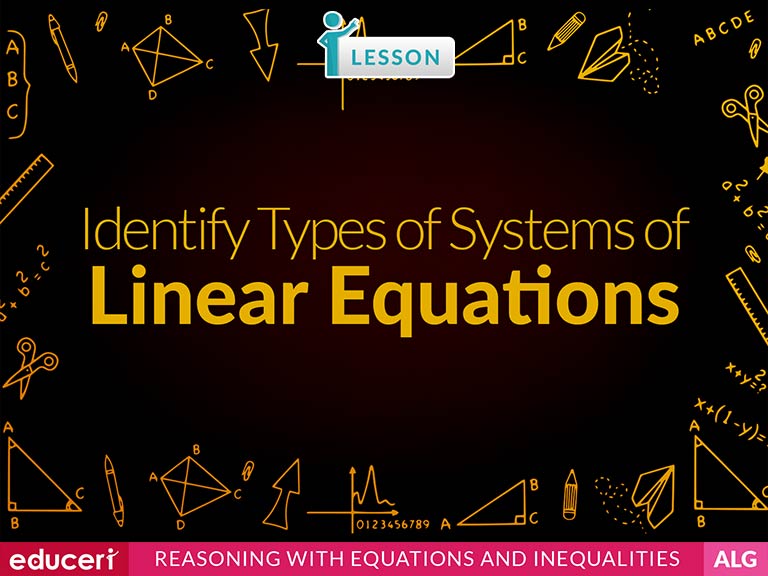
Identify Types of Systems of Linear Equations
8.EE.8.B Solve systems of two linear equations in two variables algebraically, and estimate solutions by graphing the equations. Solve simple cases by inspection. For example, 3x + 2y = 5 and 3x + 2y = 6 have no solution because 3x + 2y cannot simultaneously be 5 and 6.
HSA.REI.6HSA.REI.6 Solve systems of linear equations exactly and approximately (e.g., with graphs), focusing on pairs of linear equations in two variables.
HSA.REI.10HSA.REI.10 Understand that the graph of an equation in two variables is the set of all its solutions plotted in the coordinate plane, often forming a curve (which could be a line).
Share This Lesson
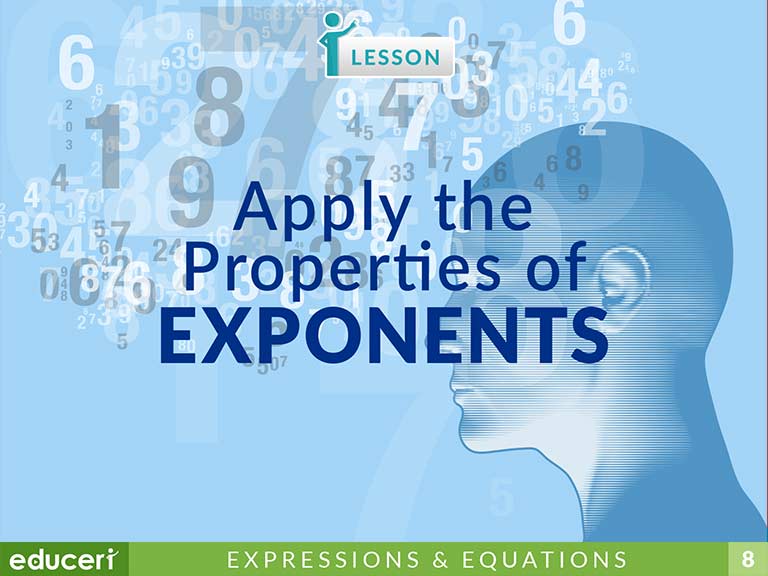
Apply the Properties of Exponents
This expressions and equations lesson teaches students how to apply the properties of exponents. The lesson includes research-based strategies and strategic questions that prepare students for assessments. In this lesson, students will apply the properties of exponents to create equivalent expressions. There are flashcards for this lesson to review the concept that exponents must have the same base for multiplication and division to be used.
Share This Lesson
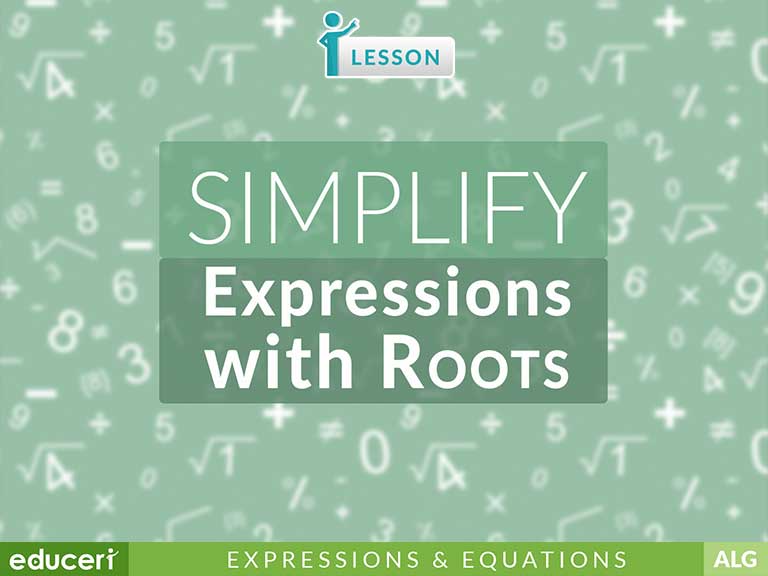
Simplify Expressions with Roots
8.EE.2 Use square root and cube root symbols to represent solutions to equations of the form x2 = p and x3 = p, where p is a positive rational number. Evaluate square roots of small perfect squares and cube roots of small perfect cubes. Know that √2 is irrational.
HSN.RN.1HSN.RN.1 Explain how the definition of the meaning of rational exponents follows from extending the properties of integer exponents to those values, allowing for a notation for radicals in terms of rational exponents. For example, we define 5^(1/3) to be the cube root of 5 because we want (5^(1/3))^3 = (5^(1/3))^3 to hold, so (5^(1/3))^3 must equal 5.
HSN.RN.2HSN.RN.2 Rewrite expressions involving radicals and rational exponents using the properties of exponents.
Share This Lesson
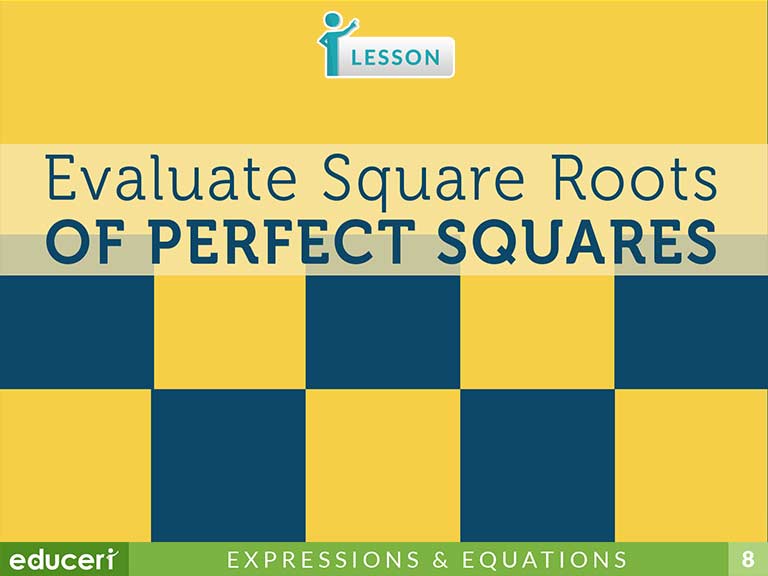
Evaluate Square Roots of Perfect Squares
This expressions and equations lesson teaches students how to evaluate square roots of perfect squares. The lesson includes research-based strategies and strategic questions that prepare students for assessments. In this lesson, students will evaluate expressions with square roots of perfect squares. Students will evaluate a variety of different expressions.
Share This Lesson
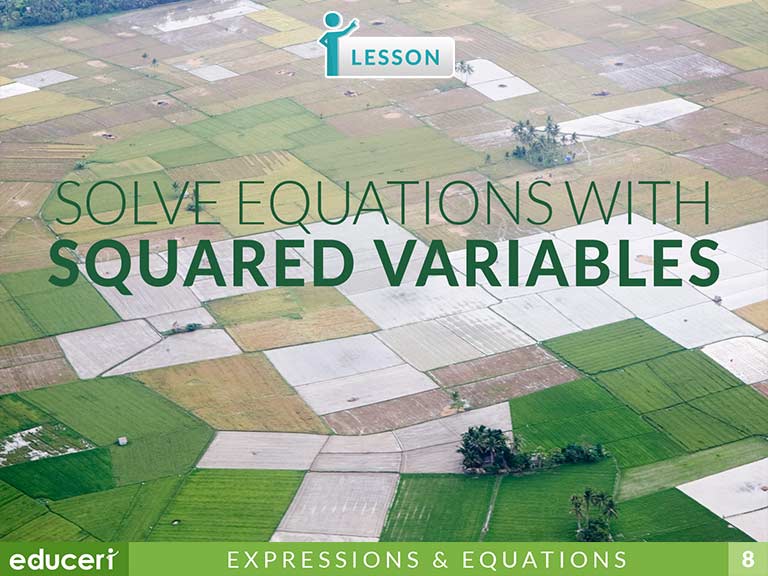
Solve Equations with Squared Variables
This expressions and equations lesson teaches students how to solve equations with squared variables. The lesson includes research-based strategies and strategic questions that prepare students for assessments. In this lesson, students find the values of squared variables in equations. Students will solve for a variety of equations, including several real-world word problems.
Share This Lesson
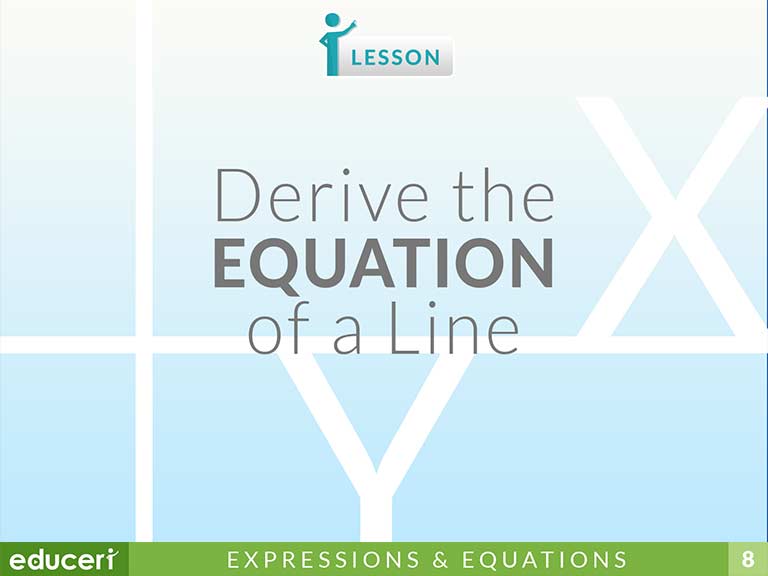
Derive the Equation of a Line
This expressions and equations lesson teaches students how to derive the equation of a line. The lesson includes research-based strategies and strategic questions that prepare students for assessments. In this lesson, students will derive the slope of a given line. This lesson focuses on the use of the y-intercept and finding the slope to create an equation that defines a particular line. This lesson includes problems with real-world word problems.


